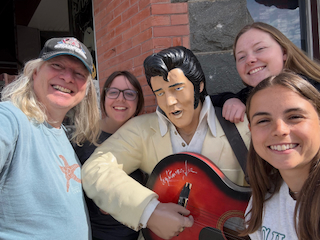
-
| 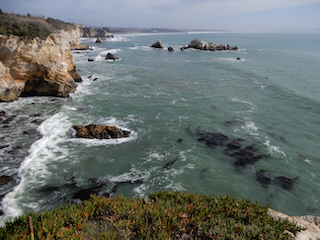
-
| 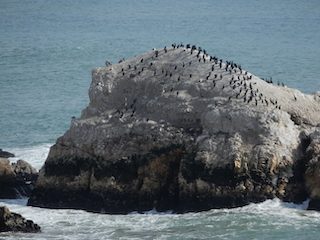
-
|
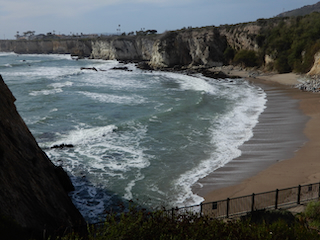
-
| 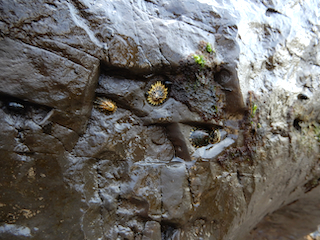
A pair of Lottia scabra (rough limpets) and one L. pelta (shield limpet) closer of two together
lower on right
| 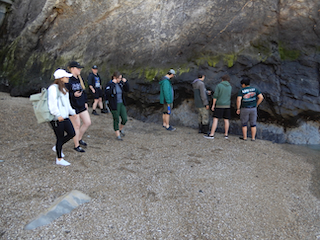
-
|
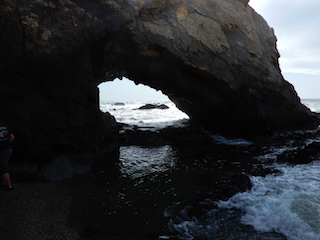
-
| 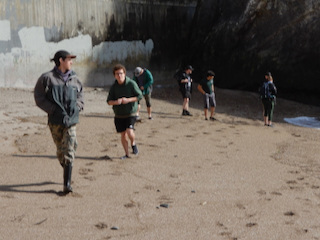
-
| 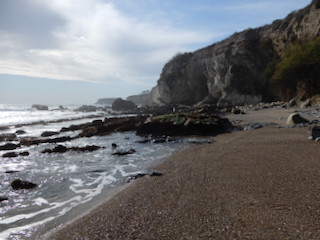
-
|
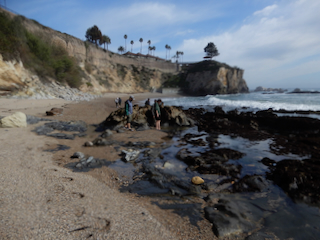
-
| 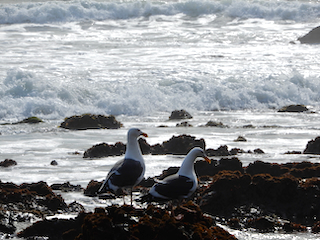
-
| 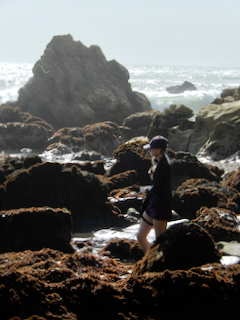
-
|
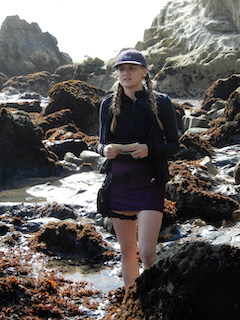
-
| 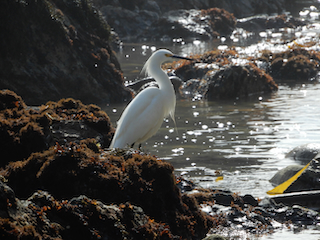
snowy egret
| 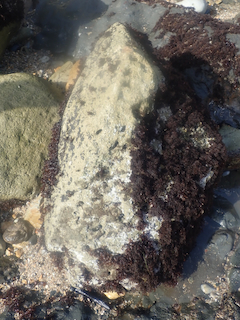
-
|
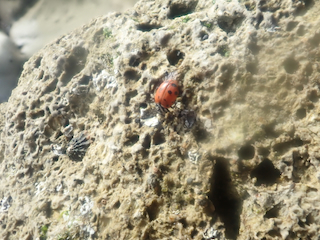
-
| 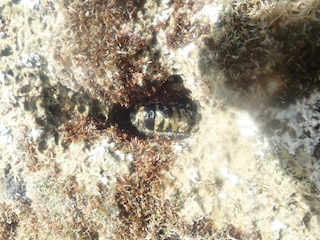
Nuttallina sp. A in burrow within sandstone
| 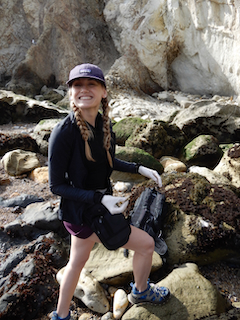
-
|
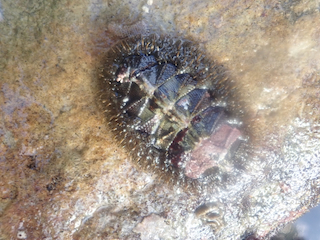
Mopalia muscosa (mossy chiton)
| 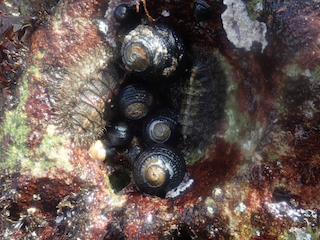
several Mopalia muscosa (mossy chitons) and the common Tegula funebralis (black teguline snail)
| 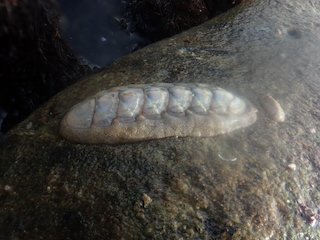
Stenoplax heathiana (Heath's chiton)
|
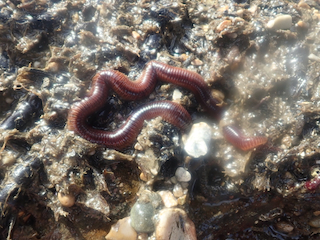
-
| 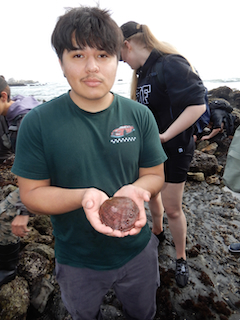
shell of red abalone (Haliotis rufescens)
| 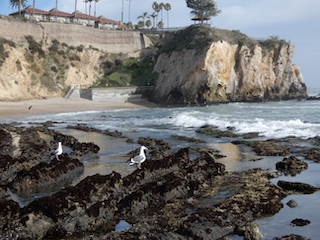
-
|
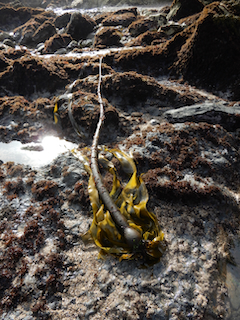
Nereocystis luetkeana (bull kelp)
| 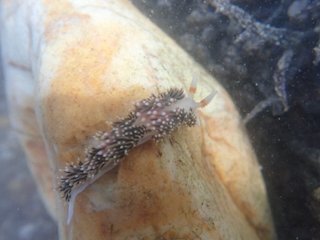
-
| 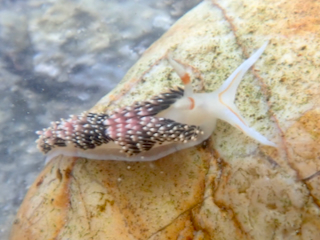
The aeolid nudibranch, Phidiana hiltoni, will feed on hydroids, such as Hydractinia, but
is better known (see Source) for its pugnaceous behavior, attacking by biting other aeolid nudibranchs. -
Source: Sea Slug Forum
|
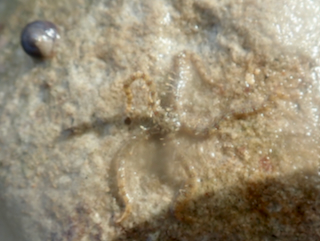
brittle stars still under investigation
| 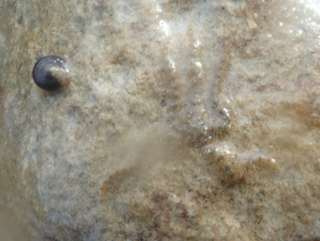
-
| 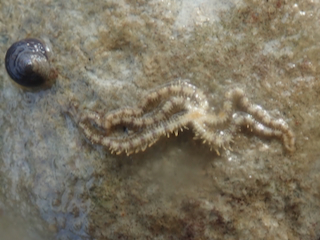
-
|
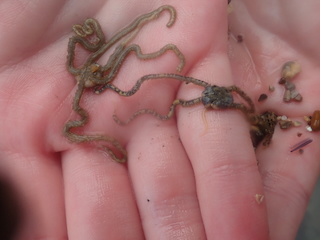
-
| 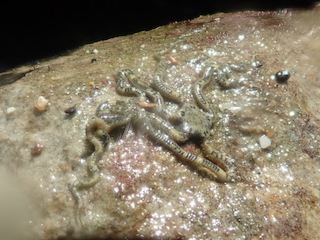
-
| 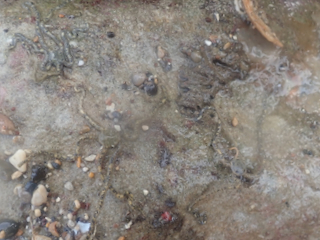
-
|
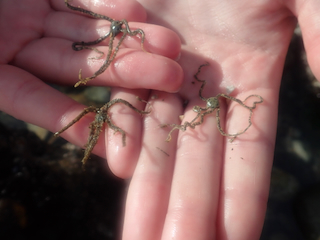
-
| 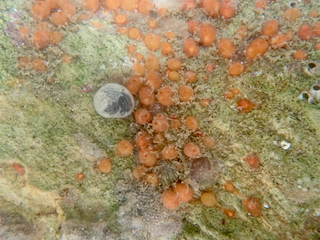
Metandrocarpa taylori (Taylor's social tunicate)
| 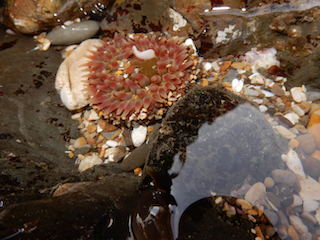
My students found and correctly identified several Urticina clandestina (Pacific stubby rose anemone),
which was only recently described as a new species (Source 1) and is near their southern range limit of their distribution on the California mainland, here near Pismo Beach,
but their are two reports from San Nicolas Island, the westernmost Channel Island in southern California (Source 2).
- Source 1:
N. Sanamyan, K. Sanamyan & N. McDaniel, 2013 - Source 2: iNaturalist.org
|
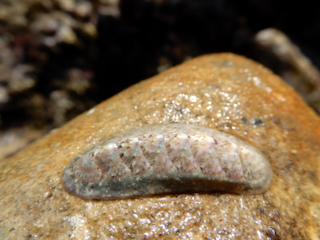
Stenoplax heathiana (Heath's chiton) - small adult
| 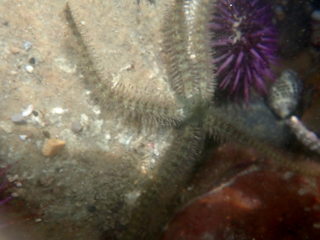
Ophiothrix spiculata (western spiny brittle star)
| 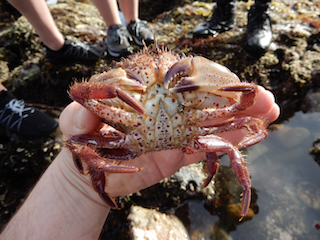
This is probably the most common cancrid crab on shores south of Monterey, California, and is
presently accepted as Romaleon antennarium (Stimpson, 1856) (see Source), but there are
some who have challenged whether there is really compelling evidence for the change from its former name proposed by Stimpson: Cancer antenarria. -
Source: WoRMS
|
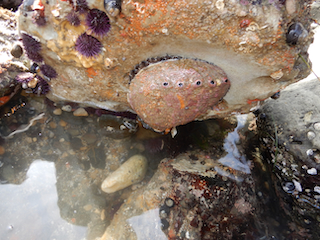
My tentative identification as Haliotis kamtschatkana (Pinto abalone) was
further confirmed by snail expert, David Berschauer, co-author of the 2018 book, Sea Shells of Southern California: Marine Shells of the Californian Province
(see Source). The southern
population of this species, from central California to northern Pacific Baja California, has been formerly considered to be a separate species, H. assimilis (threaded
abalone), or else a separate subspecies. H. kamtschatkana assimilis. -
Source: Sea Shells of Southern California
| 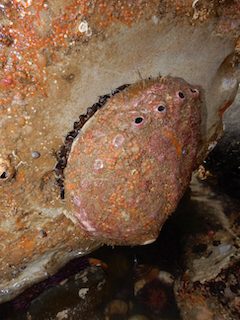
-
| 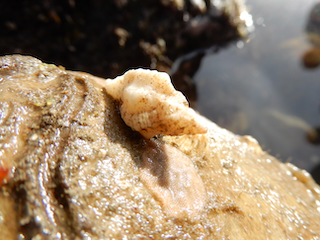
-
|
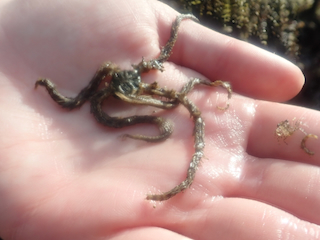
-
| 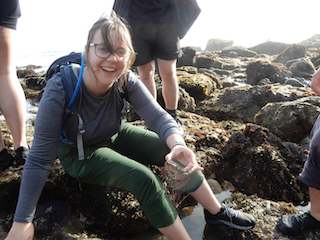
-
| 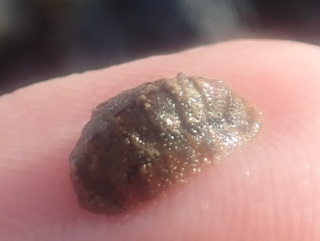
Chaetopleura gemma (gem chiton)
|
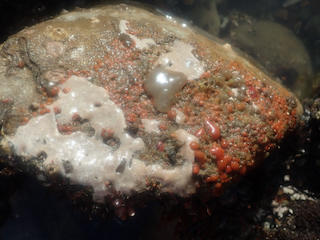
-
| 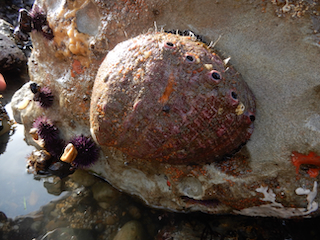
-
| 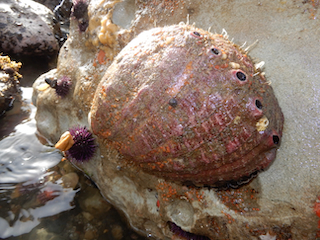
-
|
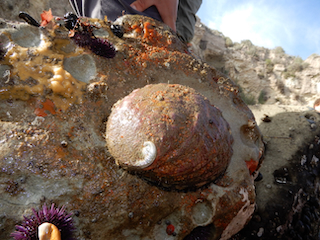
-
| 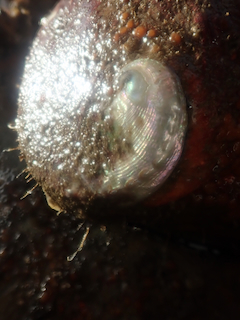
This abalone is identified partly based on the radial sculpturing of the early whorls of the shell:
Haliotis kamtschatkana (Pinto abalone).
| 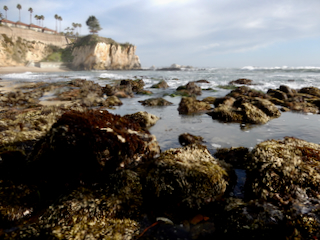
-
|
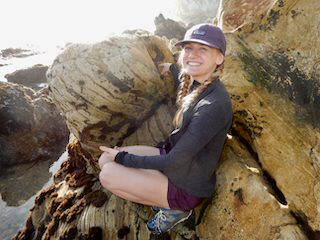
-
| 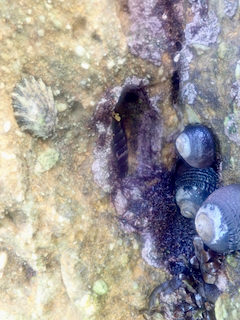
-
| 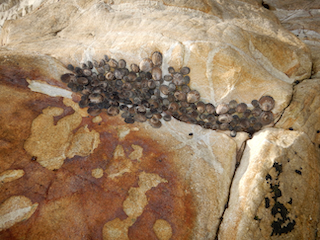
Typical rock morphs of finger limpets in the transition zone between the more northern Lottia digitalis and
the more southern L. austrodigitalis.
|
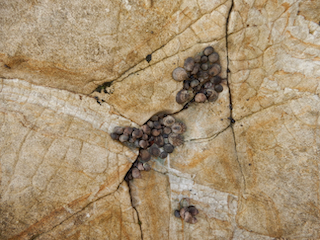
More finger limpets, together with Keen's littorines, Littorina keenae.
| 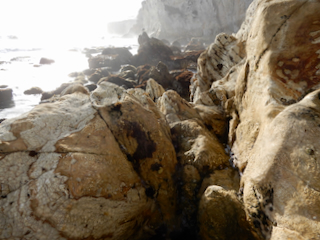
-
| 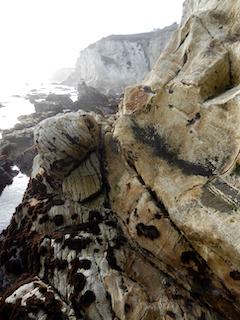
-
|
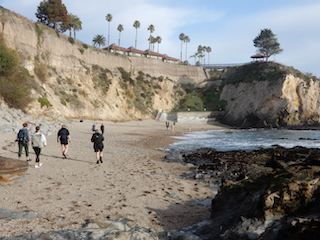
-
| 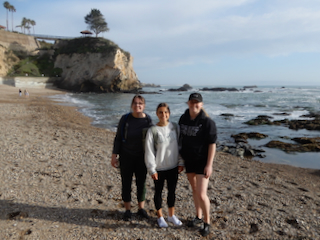
-
| 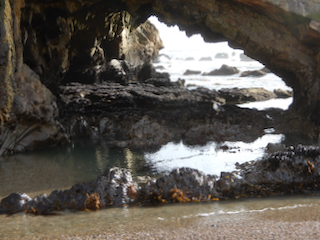
-
|
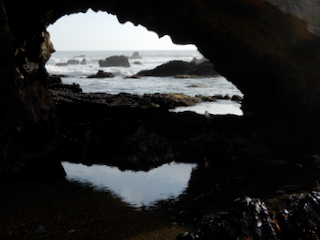
-
| 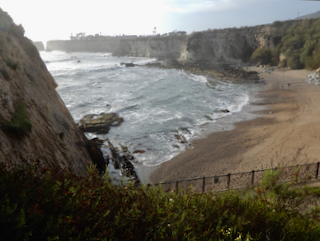
-
| 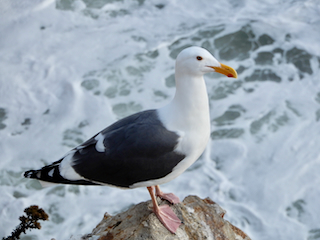
western gull
|

-
| 
-
| 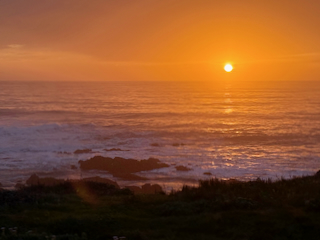
-
|
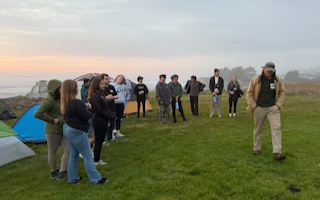
-
| 
-
| 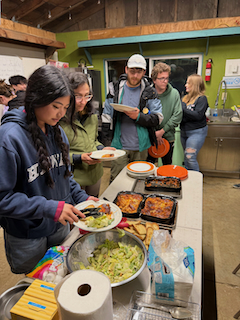
-
|
 Under Construction!
Under Construction! Under Construction!
Under Construction!